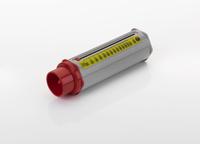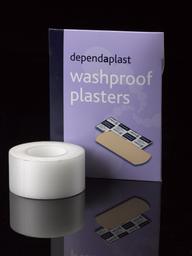Bottle of comprssed opium tablets
Small glass bottle of opium tablets with tin screw top from a small steel medicine chest. 70 mm x 20 mm x 25 mm, 38g. Labels on the chest reveal it was created for travellers to tropic areas. White paper label with black type face reads, ' POISON/ Burroughs, Wellcome & Co/ 'Tabloids'/ of compressed/ OPIUM 1/2 gr./ Directions.- One or two 'tab/ loids' may be swallowed with a/ little water as a sedative, or for / the relief of pain./ Snowhill Buildings, London, E.C.' The term tabloid' medicines in compressed and measured doses was invented by Sir Henry Wellcome as early as 1884.
- Measurements:
-
overall: 70 mm x 20 mm x 25 mm, 38g
- Object Number:
- A651296 Pt4
- type:
- medicine chest and opium







